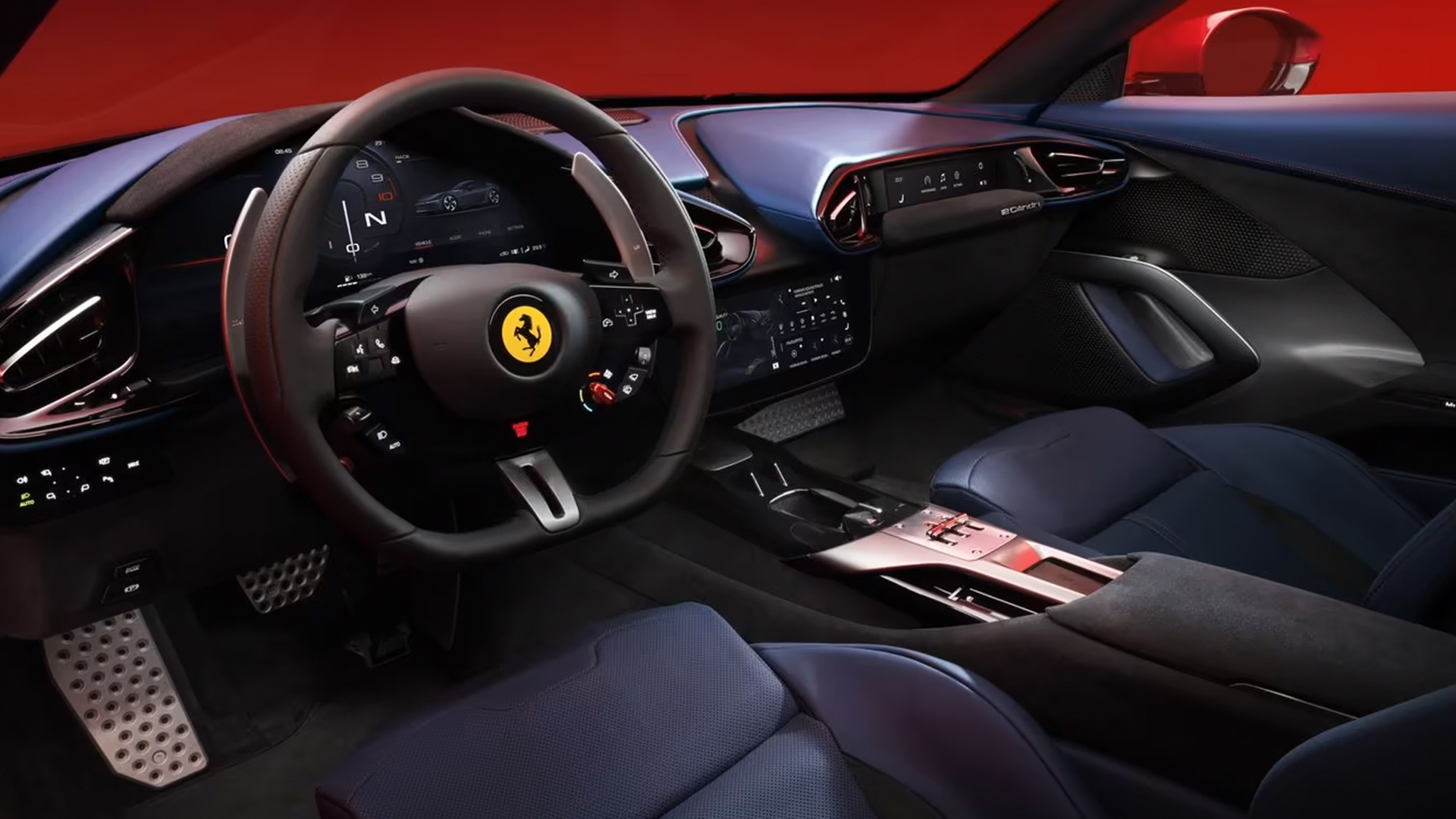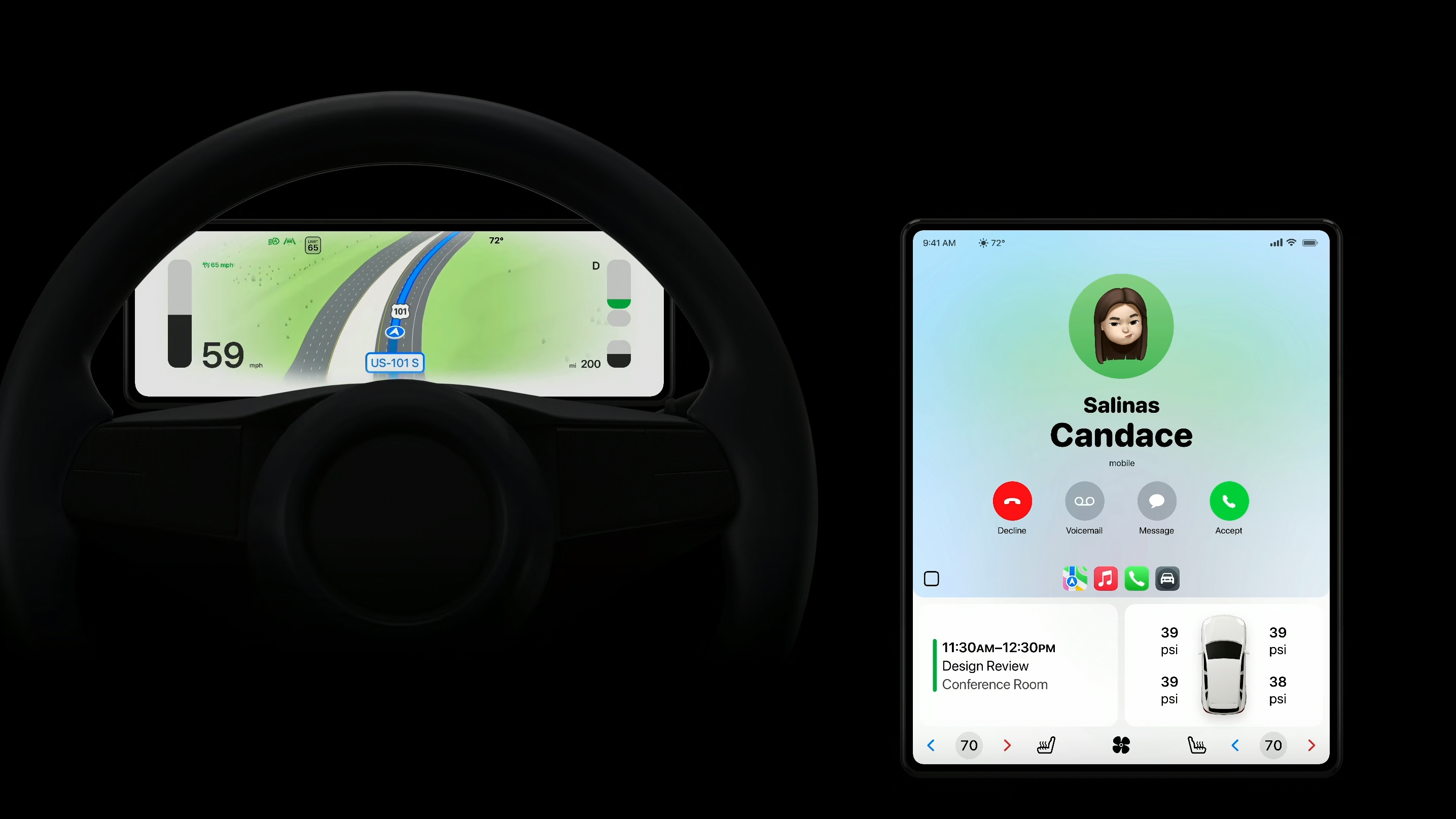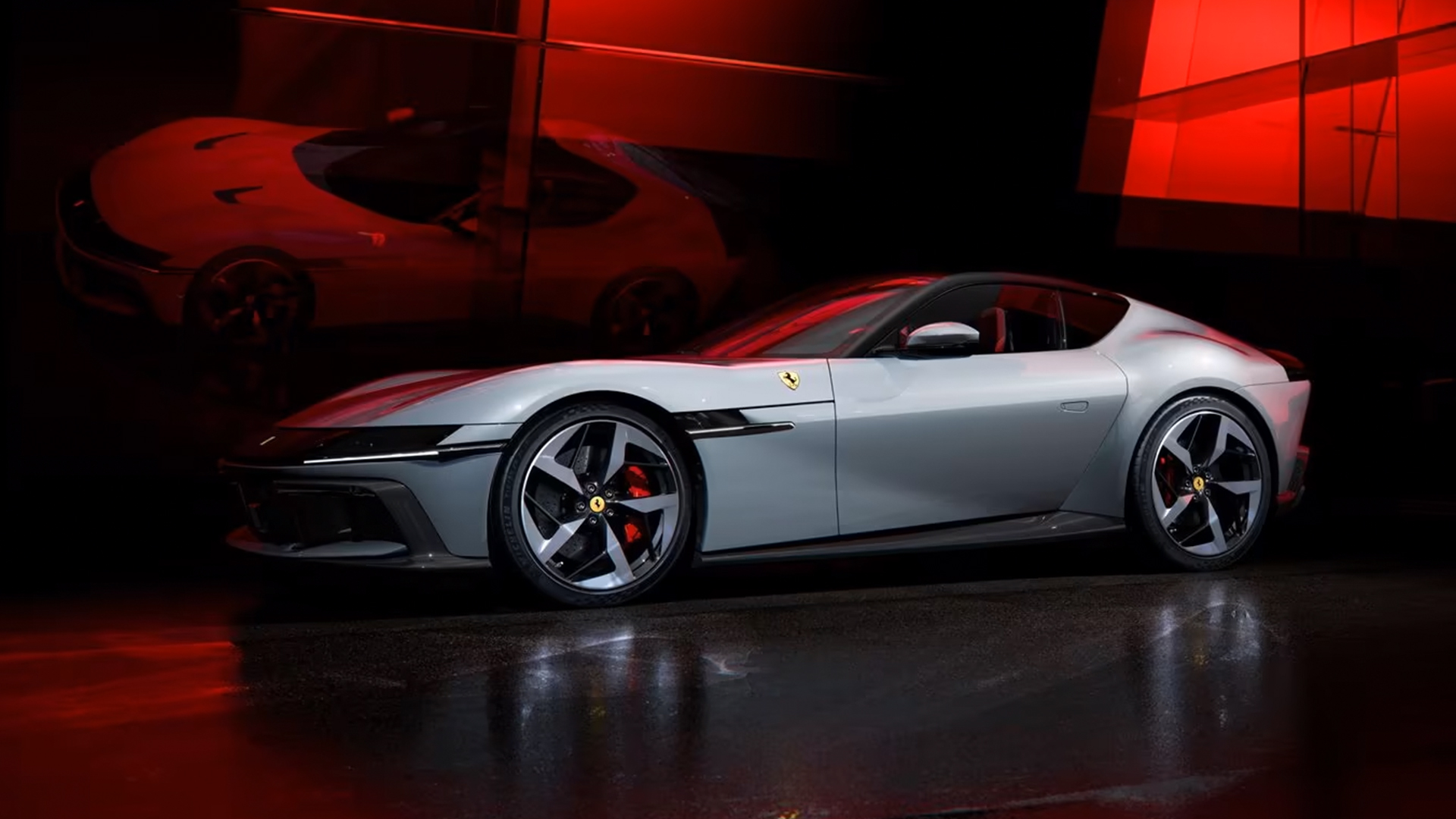
Ferrari has announced that it is removing built-in satellite navigation in a selection of its upcoming models, including the recently announced 12Cilindri and Purosangue SUV.
Arguing that a Ferrari isn’t exactly used as a daily driver (although some Purosangue owners might beg to differ), Ferrari’s head of product marketing, Emanuele Carando told Drive: "We did this because we think the phone, and the fantastic mirroring of the phone, is the most user-friendly possibility, and [the] most updated system."
Carando has a point, as the majority of today’s motorists simply want to mirror their favored smartphone operating system when behind the wheel, thus unlocking their favored mapping or navigation apps.

In fact, a recent survey conducted in the US found that a third of consumers would refuse to buy a car that lacks smartphone integration, cementing the point that there are very few buyers remaining that actually want a manufacturer's built-in navigation.
Up until this point, many automakers and OEMs have struggled to keep up with the pace of technological change, often finding that the sat-nav systems they developed several years ago (a typical automotive development cycle takes between 24-36 months) are shockingly out of date and clunky by the time the vehicle goes soon sale.
For this reason, more and more manufacturers are allowing Android and Apple iOS to take care of infotainment duties, with the likes of Porsche and Aston Martin handing the majority of their screen real estate over to the upcoming next generation of Apple CarPlay, for example.
Analysis: automakers struggle to keep pace

Famously, Tesla shunned Apple CarPlay and Android Auto in its vehicles, providing a long list of the many benefits of allowing the EV maker to take care of navigational duties.
Granting Musk's outfit access to driving data, such as GPS location, intended destinations and state of charge means the company can better control the traffic at its Supercharger charging stations, for example.
This wouldn’t be possible if users are relying on Google Maps or Waze to take care of the route planning as, at this point at least, those apps don’t have access to key vehicle data, such as the state of battery charge.
However, the next generation of Apple CarPlay promises greater integration with the vehicle in question, meaning users no longer have to leave Apple’s in-car environment to control functionality or access vehicle settings.
The bottom line is, the world’s biggest tech companies are simply better at keeping their operating systems up to date.
Even with the advent of the constantly-connected Software Defined Vehicle (SDV), the world’s most recognized tech giants have more experience in applying regular updates to introduce even the smallest new feature or fix minor bugs.
Ferrari deciding not to supply and develop in-house mapping frees up more time to do what it does best, chiefly design and manufacture hugely desirable high performance vehicles.







